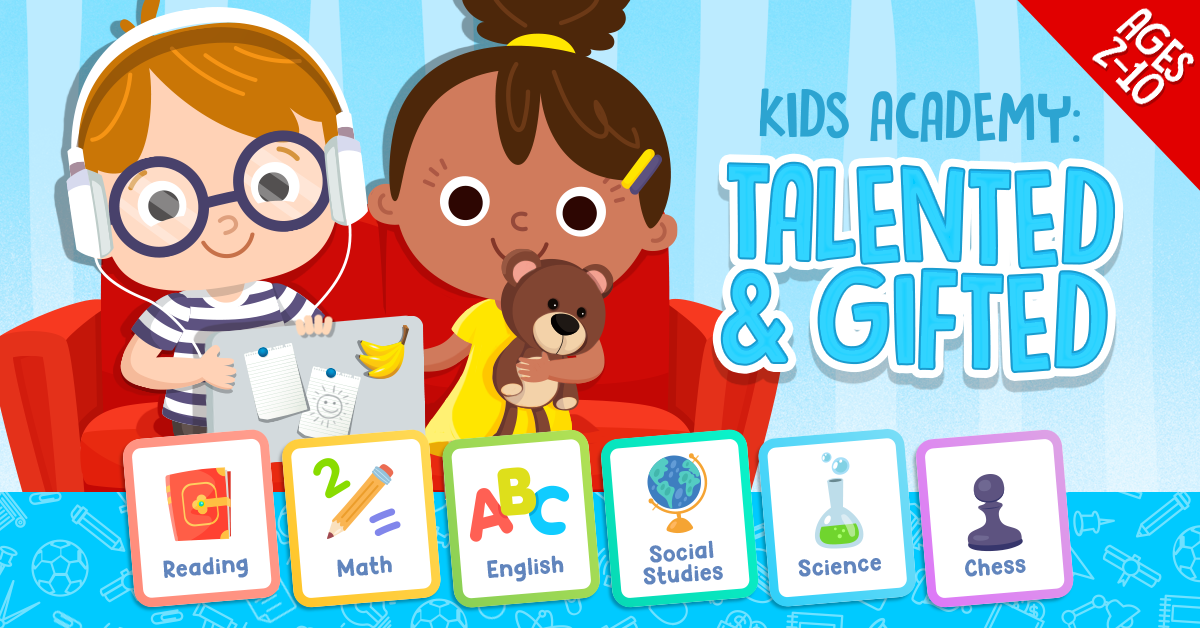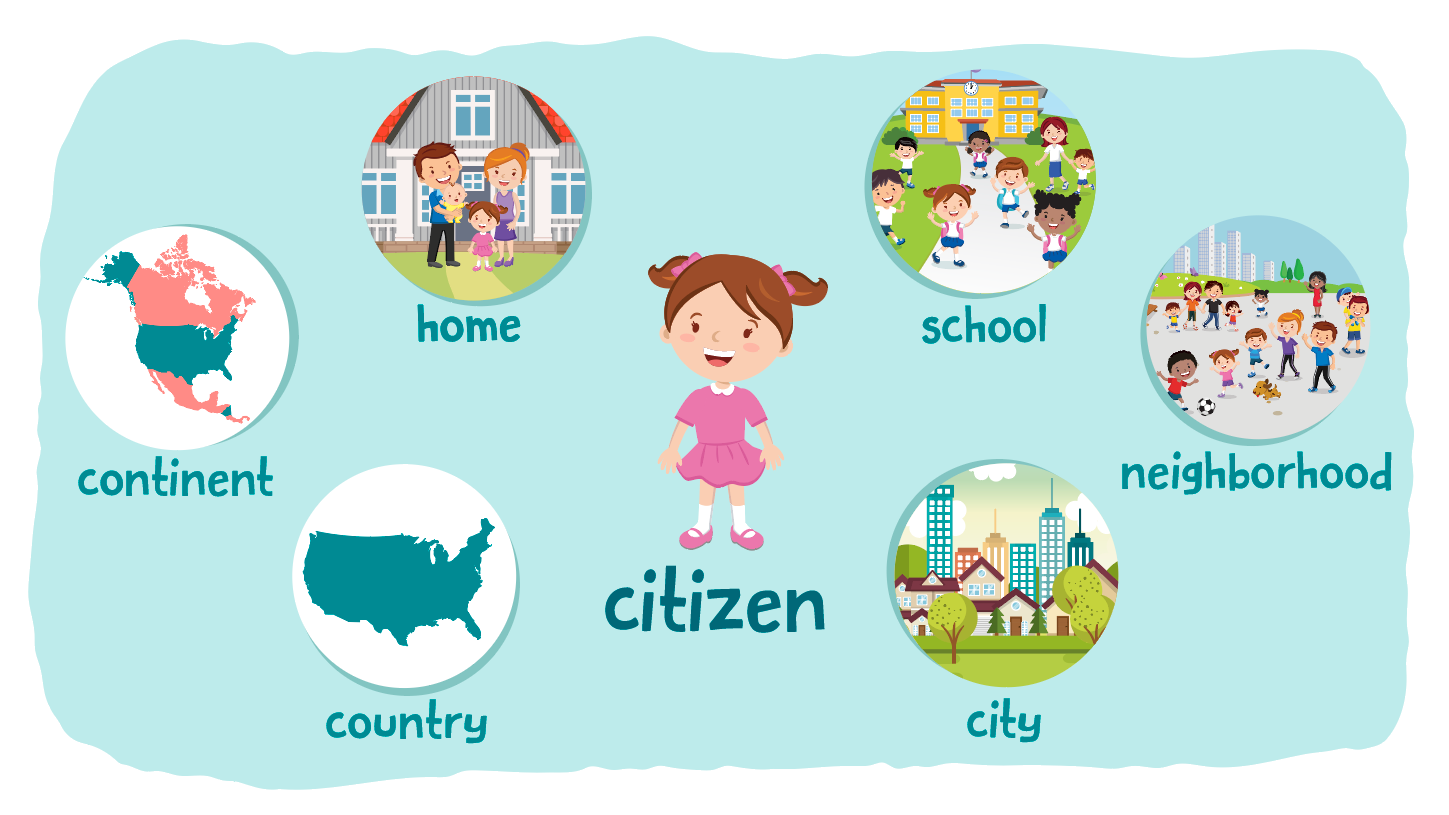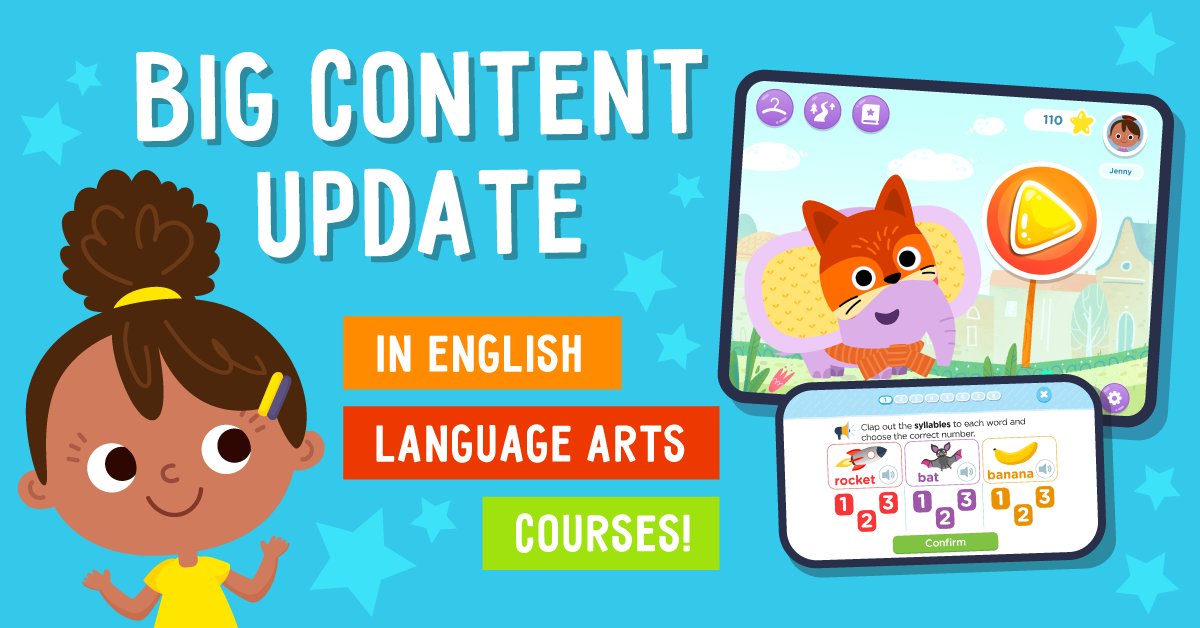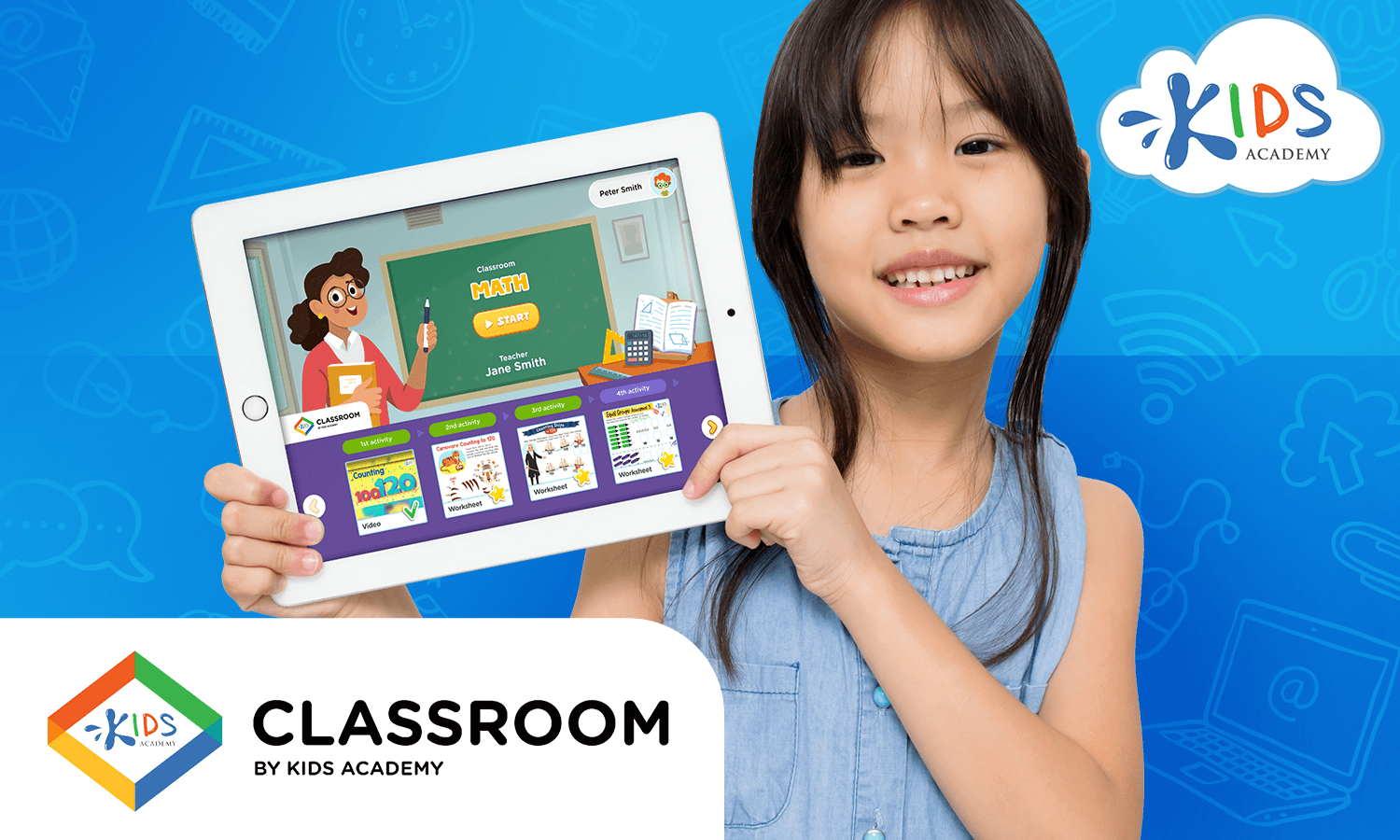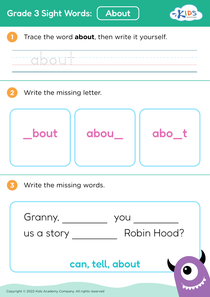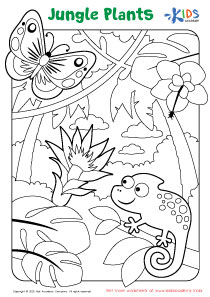Sorting skills Grade 3 Worksheets
3 filtered results
-
From - To
Enhance your third grader's sorting skills with our engaging worksheets designed specifically for Grade 3! These printable activities help students master categorization and classification concepts in a fun and interactive way. Your child will explore various sorting methods, including sorting by color, shape, size, and other attributes. Our thoughtfully crafted worksheets encourage critical thinking and sharpen organizational skills, fostering a solid foundation for later math and science learning. Easily assess and track their progress while stimulating creativity through colorful visuals and engaging tasks. Download our Sorting Skills Grade 3 Worksheets today and make learning enjoyable and effective!


Dinner Shapes: Making a Whole Worksheet
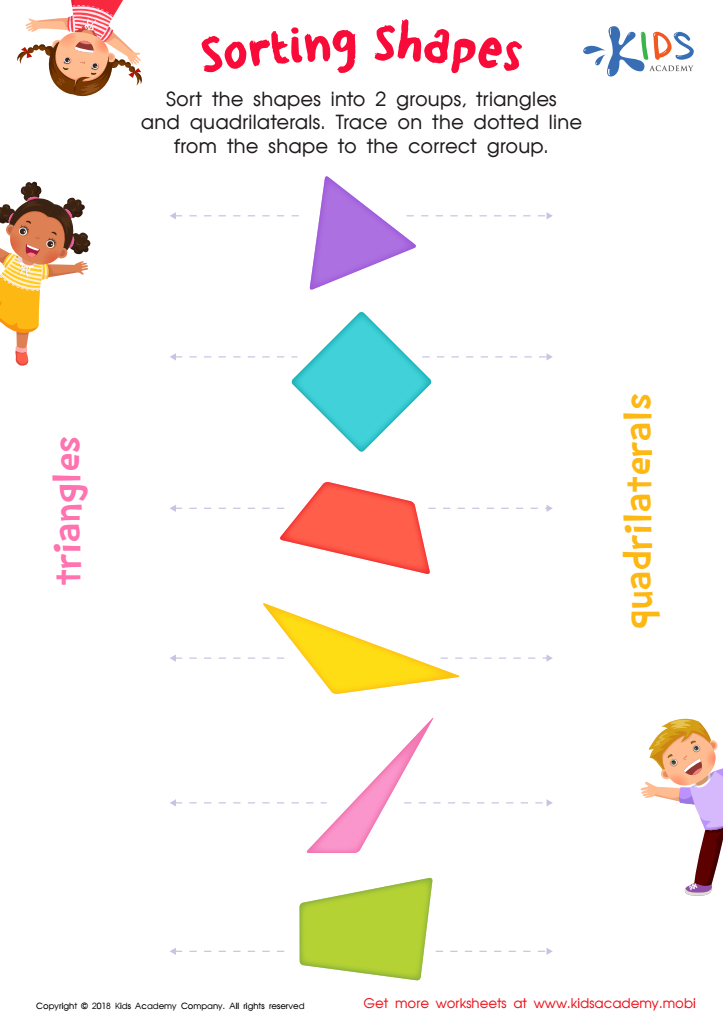

Sorting Shapes Worksheet
Sorting skills are fundamental for Grade 3 students, as they lay the groundwork for essential cognitive and organizational abilities. At this level, children begin to develop more complex thinking skills, making sorting an important educational tool. It is vital for parents and teachers to understand its significance for several reasons.
First, sorting enhances critical thinking and classification skills. When children categorize objects based on different attributes—such as size, color, or shape—they learn to analyze and synthesize information, fostering their problem-solving abilities. This foundational skill is crucial for later math concepts, including understanding larger concepts like sets and comparisons.
Furthermore, sorting activities promote cognitive development by encouraging kids to recognize patterns, which is integral for advanced math and reading comprehension practices. Additionally, sorting helps children develop organizational and planning skills, which benefit classroom behavior and personal responsibility.
Socially, these activities often take place in collaborative settings, helping students practice teamwork and communication. By engaging in sorting tasks, children build confidence and improve their ability to work with peers.
Ultimately, caregivers and educators should prioritize sorting skills, as they hold great potential to enhance academic performance and personal growth for third graders.
 Assign to My Students
Assign to My Students





